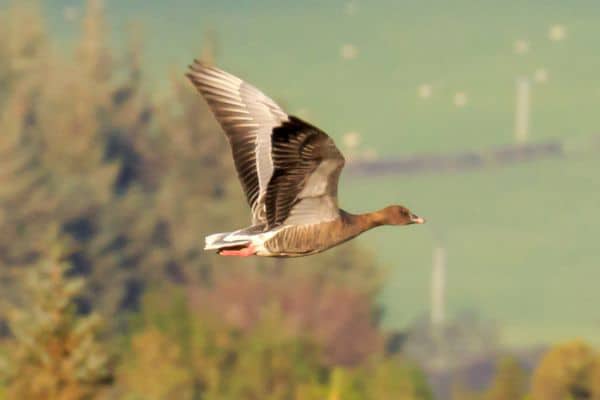
Getting their ducks in a row
As wildfowling comes under increasing pressure from changes in lifestyle and consenting arrangements, the Leicestershire Wildfowlers Association is one of several forward-looking clubs pushing the boundaries.
Get information on the legal shooting season for mammals and birds in the UK.
Apply for funding for your project or make a donation today
Comprehensive information and advice from our specialist firearms team.
Everything you need to know about shotgun, rifle and airgun ammunition.
Find our up-to-date information, advice and links to government resources.
Everything you need to know on firearms law and licensing.
All the latest news and advice on general licences and how they affect you.
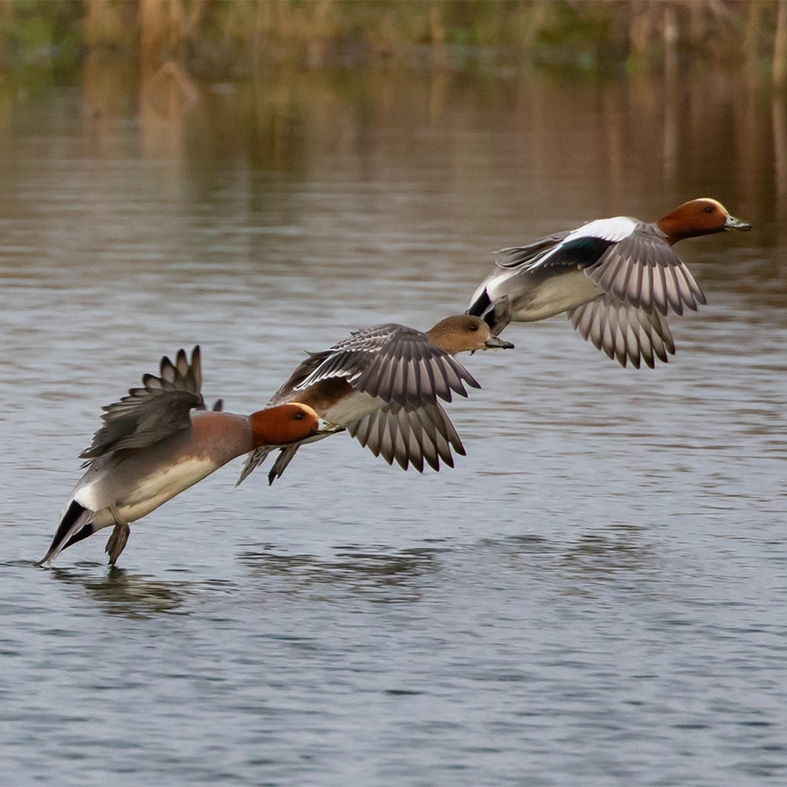

Have you ever had a cracking morning flight, proudly returned home with your bag, and started prepping your ducks ready to stock the freezer, only to find what look like grains of rice embedded in the breast muscle? If not, the below will prepare you in case you do come across it.
It is not uncommon to ask what these white cysts are, whether the meat is safe to eat once cooked, and whether you would notice them if the bird was cooked whole. Here’s what we know so far.
The cysts are caused by a parasite from the genus sarcosystis, leading to a disease called sarcocystosis, or rice breast as it’s more commonly known (owing to its appearance resembling grains of rice).
Several species of sarcocystis exist, each with its own unique host cycle. Research published in 2020 found that Sarcocystis rileyi is one of the most commonly found forms of the parasite in wild ducks in the UK, though others are also present.
The parasite forms whitish, grain-like cysts in the muscles tissue of waterfowl, primarily the breast. The cysts are protective capsules where the parasite develops. If a predator, such as a fox, eats the infected meat, the parasite enters its reproductive phase in the predator’s intestines. The resulting oocysts (essentially parasitic eggs) are shed into the environment via faeces, contaminating water and feeding areas where more ducks may pick them up.
This process generally does not affect predators (the end hosts) and does not appear to cause mortality or physical signs of disease in waterfowl.
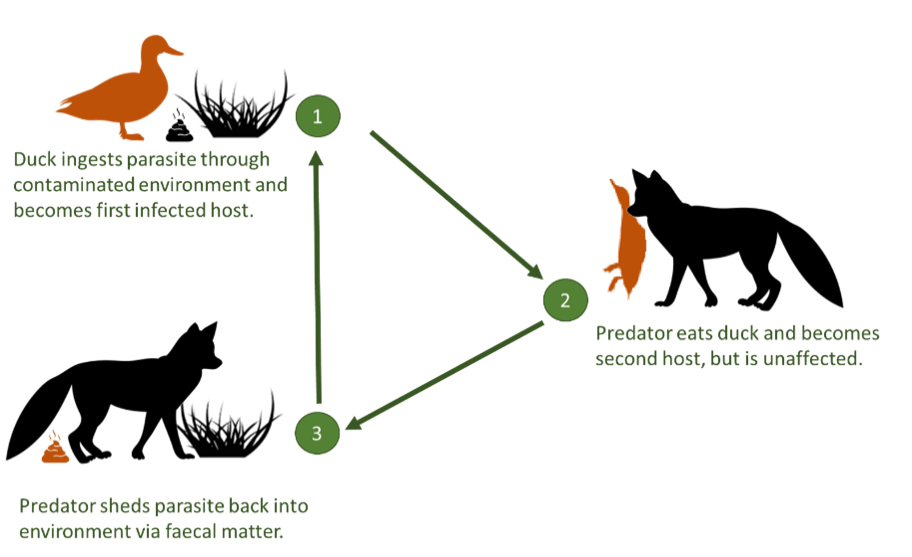
At present, there’s no evidence that sarcocystis spp. (ie. multiple species of sarcocystis parasite) found in waterfowl in the UK poses a health risk to humans.
Studies suggest that many sarcocystis species, and other parasites, become inactive at:
However, because species and conditions may vary, we do not recommend consuming infected birds, even if cooked or frozen.
Once cooked, the cysts become much harder to detect due to changes in the colour and texture of the meat, especially if they’re deeper in the muscle. This makes visual inspection before cooking all the more important. If you spot cysts in the muscle it’s best to discard the affected bird.
Shooters are often the first to spot sarcocystosis, as it’s only visible when the breast muscle is exposed. Your vigilance and reports are helping us monitor the spread and this parasite.
If you encounter a suspected case, please submit details and photo if possible to our team here. Together, we can build a clearer picture of sarcocystosis in the UK and support management of wildfowl health.
Your observations in the field are invaluable. Whether it’s behaviour, signs of disease, or changes in population numbers, your contributions help shape our understanding of wildfowl health and inform conservation efforts.
By sharing what you see, you’re actively supporting research and helping ensure the long-term sustainability of our waterfowl populations. For more information, visit our sarcocystosis (rice breast) project page.
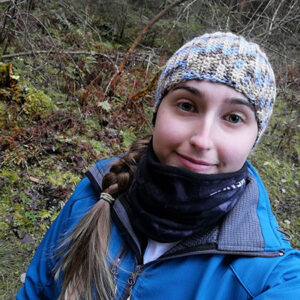

As wildfowling comes under increasing pressure from changes in lifestyle and consenting arrangements, the Leicestershire Wildfowlers Association is one of several forward-looking clubs pushing the boundaries.
In March, we take a closer look at the mysterious tawny owls, their habits and where you can find them.
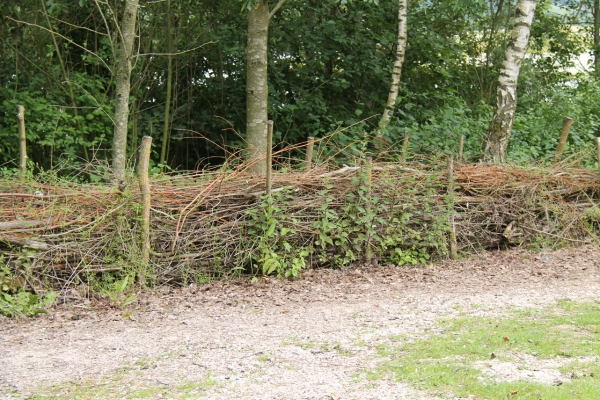
New research commissioned by BASC shows shooting has substantial benefits for our landscapes at the national scale.